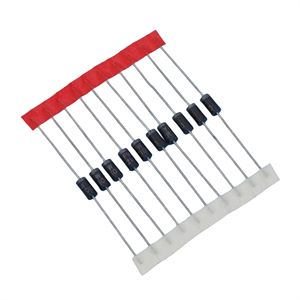Date:2024-10-30 Categories:Product knowledge Hits:331 From:Guangdong Youfeng Microelectronics Co., Ltd
ESD electrostatic diode, also known as ESD protection diode, is a commonly used electrostatic protection device. It is mainly used to protect electronic devices from damage caused by electrostatic discharge. There is indeed a difference in positive and negative directions when using ESD static diodes.
Firstly, let's understand what electrostatic discharge is. Electrostatic discharge is a phenomenon of charge movement that generates very high voltages between materials in a short period of time. This high voltage can easily damage sensitive electronic components and even cause equipment failure. To prevent this from happening, we need to use electrostatic protection devices such as ESD static diodes.
ESD static diodes are typically composed of PN structures. PN junction is a structure formed by P-type semiconductor and N-type semiconductor. The Si (silicon) material in P-type semiconductors is usually doped with boron (B) atoms, while the Si material in N-type semiconductors is usually doped with phosphorus (P) atoms. These two types of doping materials can lead to different electrical conductivity behaviors.
In ESD static diodes, forward current causes electrons in P-type semiconductors to move towards N-type semiconductors, while negative current causes electrons to move in the opposite direction. This is why ESD static diodes have positive and negative directions.
In electrostatic discharge events, the main function of ESD diodes is to become conductive when the voltage exceeds their rated voltage. When an electrostatic discharge event occurs, the diode remains closed and non-conductive under forward voltage. However, once the voltage exceeds its rated voltage, the diode will become conductive, directing excess charge to ground or other external power sources.

Previous: Classification, Structure, and Principle of MOSFET
Next: Using voltage inspection method to quickly locate fault points in integrated circuits